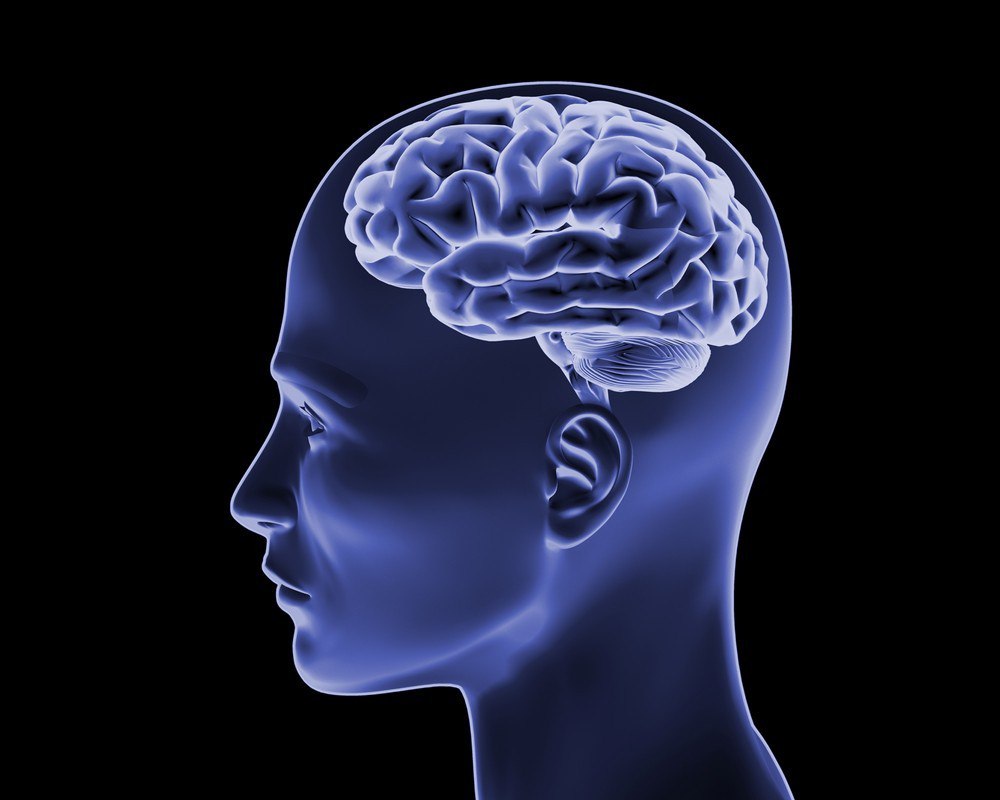The passing of time is a fascinating concept, as it is not directly sensed like touch, vision, hearing, or smell. The absence of dedicated sensory receptors for time has intrigued neuroscientists, hinting at a potential association between time perception and existing sensory modalities.
Recent research conducted by Professor Mathew Diamond and his team at SISSA, published in Nature Communications, explores how the somatosensory cortex plays a crucial role in integrating the sense of touch with the perception of time. The study reveals that the somatosensory cortex, responsible for processing tactile stimuli, is intricately linked to the perception of time.
Neurons in the somatosensory cortex meticulously encode the features of stimuli received through the skin, leading to the subjective experience of touch. The research delves into how the brain discerns the duration of a stimulus and how time perception emerges. By leveraging optogenetics, a technique that manipulates neuronal activity using light, the study demonstrates the interconnectedness of tactile experiences and the perception of time.
The researchers found that modulating neuronal activity in the somatosensory cortex had a direct impact on how rats perceived the intensity and duration of tactile stimuli. Optogenetic intervention influenced the rats’ perception of intensity when focusing on vibration intensity but disregarding duration, and vice versa for focusing on vibration duration.
This study not only reaffirms the somatosensory cortex’s role in processing touch but also highlights how the perception of time involves a network of brain regions with diverse functions, including touch. Professor Diamond suggests that rather than arising from a single brain center, the perception of time likely results from distributed networks of neurons across various brain regions.
The findings emphasize the interconnected nature of time perception and touch, with cortical neurons capable of giving rise to distinct sensory experiences. The research builds on previous work by the SISSA team, exploring how impulses in the sensory processing pathway contribute to time perception through optogenetic interventions that manipulate neuron activity.
By targeting specific sets of neurons, the researchers were able to alter the rats’ perception of duration and intensity, providing insights into the neural mechanisms underlying time perception within the somatosensory cortex. The study proposes a mathematical model linking cortical neuron physiology to perceptual outcomes, shedding light on the complex processes involved in constructing sensory experiences.
This research underscores the intricate relationship between touch and time perception, highlighting how time emerges within the tactile sensory representation in the brain. By bridging the gap between sensory encoding and time perception, the study offers new perspectives on understanding how we perceive the external world and the passage of time.
*Note:
1. Source: Coherent Market Insights, Public sources, Desk research
2. We have leveraged AI tools to mine information and compile it



